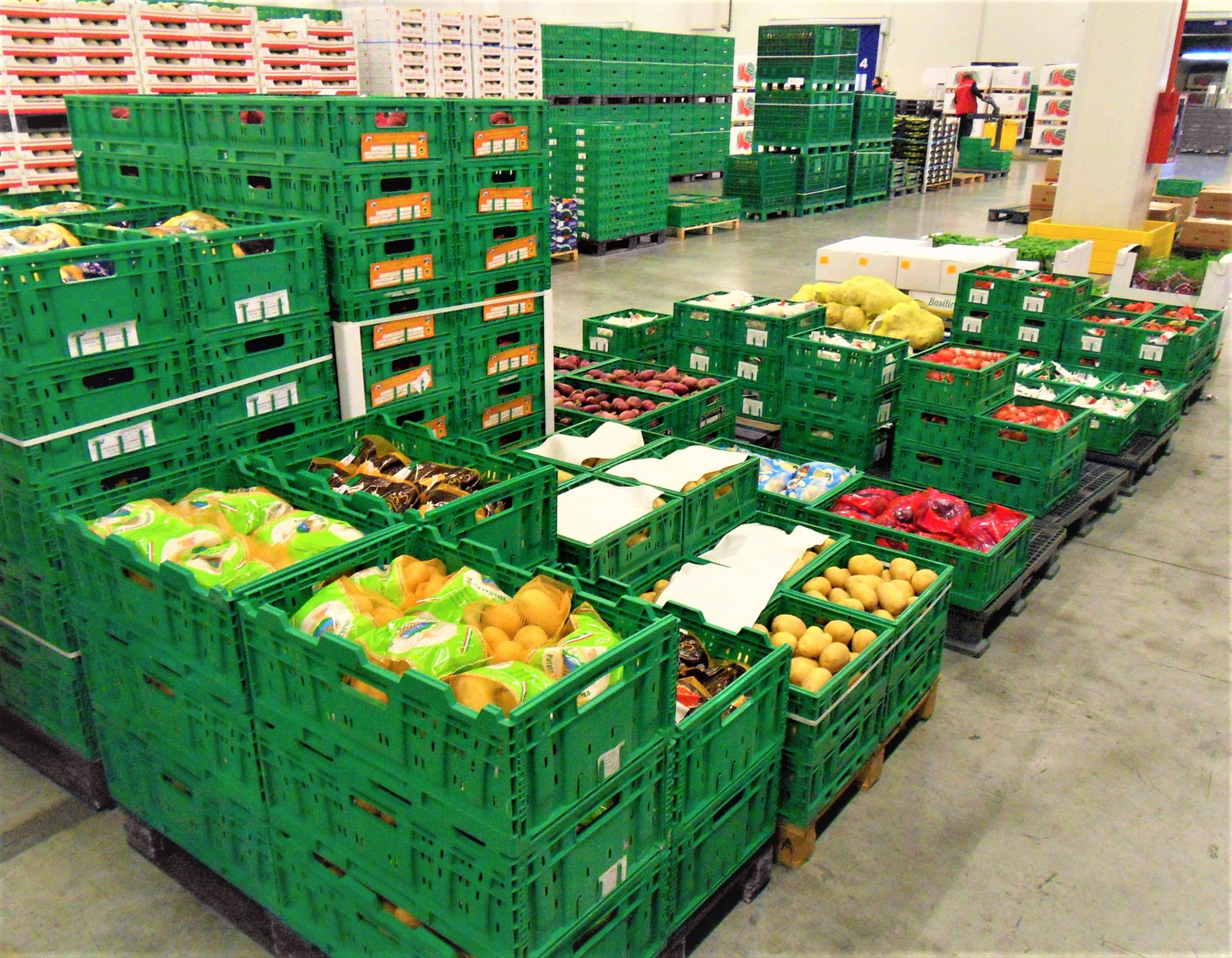
5 Essential Tips for a New Furnace Installation
Installing a new furnace in your home can feel like a big decision. A furnace helps keep your house warm, especially during cold weather, and choosing the right one is important. Whether your old furnace broke down or you’re upgrading to a more efficient model, there are some essential things you should know.
In this article, we will share five important tips that will help you through the process of installing a new furnace. These tips will make sure your furnace works well and lasts for many years.
1. Choose the Right Size Furnace
One of the most important things to consider when installing a new furnace is its size. If the furnace is too small, it won’t be able to heat your home properly. On the other hand, if it’s too large, it will waste energy and cost more money to run.
To find the right size, you need to consider the size of your home, how much insulation it has, and the climate in your area. A professional HVAC technician can help you determine the perfect furnace size based on these factors.
2. Hire a Professional Installer
Installing a furnace is not a DIY job. It’s important to hire a qualified professional for furnace installation. A skilled technician knows how to handle the equipment safely and correctly. They will also make sure that your furnace is properly connected to the ventilation system and gas lines, if needed.
Incorrect installation can lead to safety risks, such as gas leaks or fires. So, always hire a licensed HVAC professional for the job.
3. Check for Energy Efficiency
When buying a new furnace, look for one that is energy-efficient. Furnaces with a high Energy Star rating use less energy, which means lower heating bills for you. It’s also better for the environment because it reduces greenhouse gas emissions.
Make sure to ask your technician about the different models and their energy efficiency ratings. While energy-efficient models may cost more upfront, the savings on your monthly energy bills can make up for it over time.
4. Regular Maintenance is Key
Once your new furnace is installed, it’s important to keep it in good working condition. Regular maintenance will help it last longer and run efficiently. This includes cleaning or replacing the air filter, checking the thermostat, and inspecting the furnace for any signs of damage or wear.
Many HVAC companies offer yearly maintenance plans, which can help remind you when it’s time to get the furnace checked. Regular maintenance can also prevent expensive repairs down the road.
5. Don’t Forget About the Ductwork
Your furnace won’t work properly if your home’s ductwork is damaged or blocked. Before installing a new furnace, have your duct system inspected. Any leaks, cracks, or blockages in the ducts can reduce the furnace’s efficiency and lead to higher heating costs.
It’s a good idea to have the ducts cleaned and repaired before installing the furnace to ensure that the system works as efficiently as possible.
Conclusion
Installing a new furnace is a big investment, but with the right planning and care, it can make your home more comfortable and energy-efficient. By choosing the right size, hiring a professional installer, considering energy efficiency, keeping up with regular maintenance, and ensuring the ductwork is in good condition, you can get the most out of your new furnace. Remember, a little extra effort upfront can save you time, money, and hassle in the long run.





